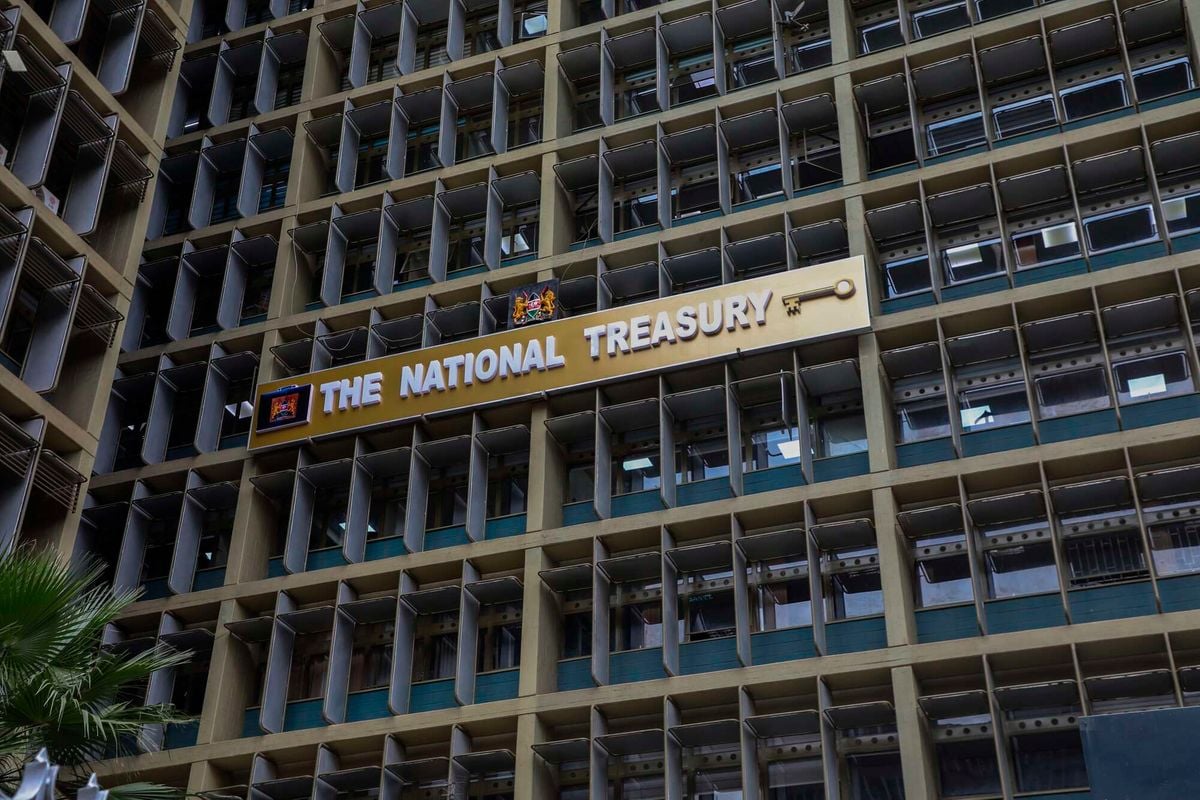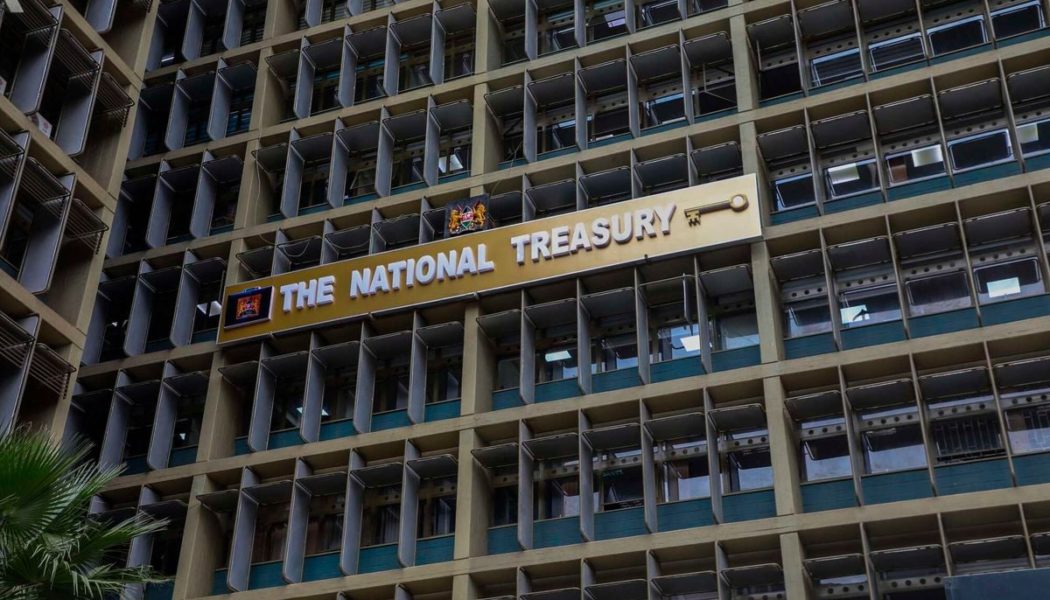
The Treasury is considering opening up the Treasury bonds market to more non-bank financial institutions, a move likely to tame the high interest rates demanded by investors in government bond actions, which have recently gone as high as 18 percent.
In its latest annual borrowing plan (ABP) for the 2024/2025 fiscal year, the Treasury said it is leading reforms in the domestic debt market that include roping in several non-banking institutions such as the post-retirement medical funds to diversify the investor base.
“The National Treasury continues to spearhead key reforms to deepen the domestic debt market and diversify the investor base,” it said.
“To enhance the growth of non-bank financial institutions such as pensions, insurance, and mutual funds, the National Treasury will consider expanding the volumes of contributory pension schemes and initiating new financial products such as post-retirement medical funds. These will eventually support the deepening of the domestic bond market.”
This year the Central Bank of Kenya (CBK) has been forced to reject higher bids from bond investors demanding a risk premium on their investments fueled by concerns over the government’s financial health.
The government’s borrowing from the domestic market through Treasury bills and bonds is currently estimated at Sh5.47 trillion, with commercial banks controlling 44.96 percent of the debt followed by pension funds (29.09 percent), insurance companies (7.10 percent), parastatals (5.32 percent) and other investors (13.53 percent).
Treasury bonds constitute about 84.33 percent of the government debt followed by treasury bills (12.81 percent), according to central bank data.
Kenya banks have slowed lending to the private sector largely due to increased credit risks arising from the uncertainty related to economic performance, and instead opted to channel their liquidity into risk-free government securities.
The bank’s lending to the private sector slowed to 1.3 percent in August from 3.7 percent in July, with the ratio of gross non-performing loans (NPLs) to gross loans increasing to 16.7 percent in August 2024 from 16.3 percent in June, according to CBK data.









